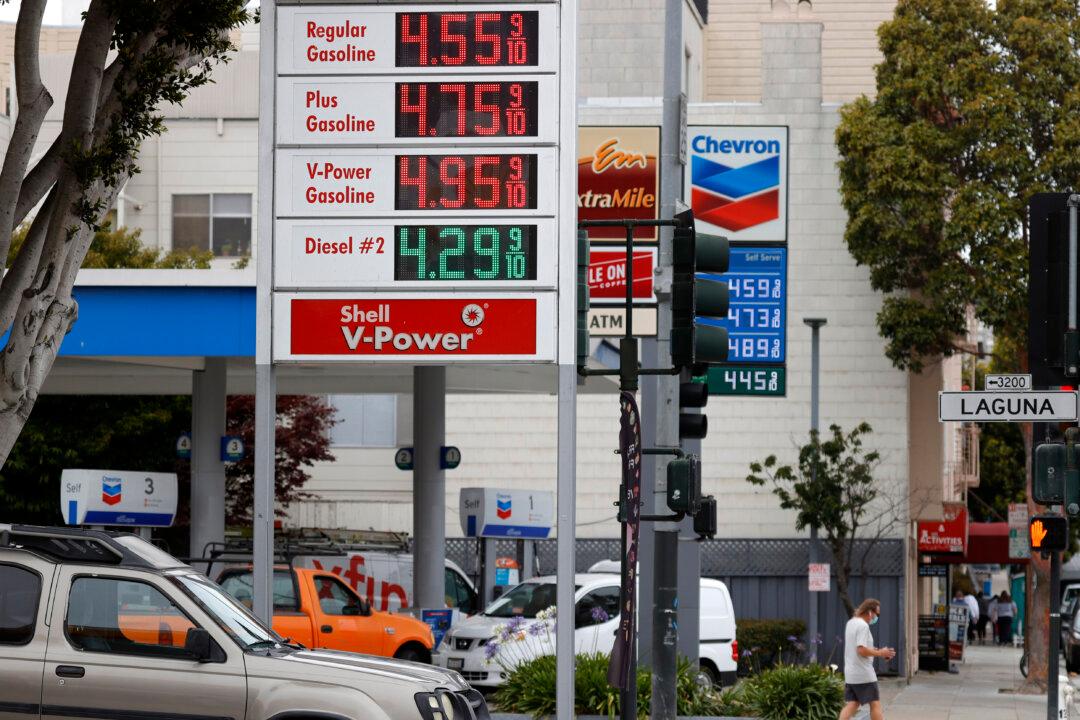Inflation is still running high, and many still believe that it’s a temporary post-pandemic phenomenon. However, structural changes taking place in the economy suggest that prices may not go back to normal anytime soon.
Some economists and investors have argued that excessive stimulus spending and money creation to fight the pandemic are the real culprits causing inflation. They claim that inflation is a product of policy decisions, rather than a coincidence.





